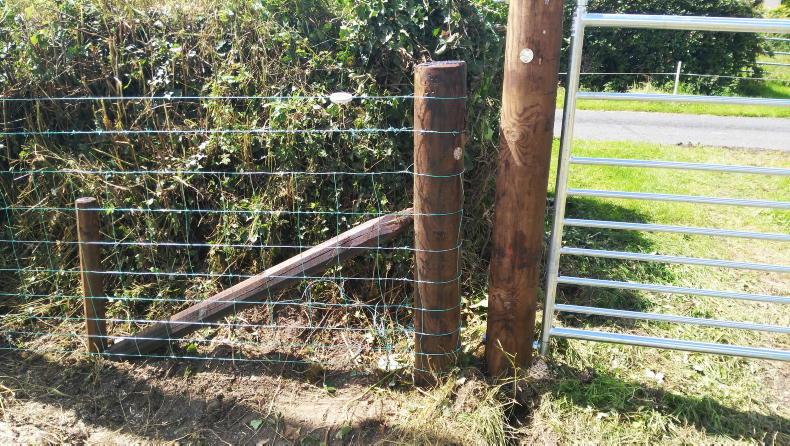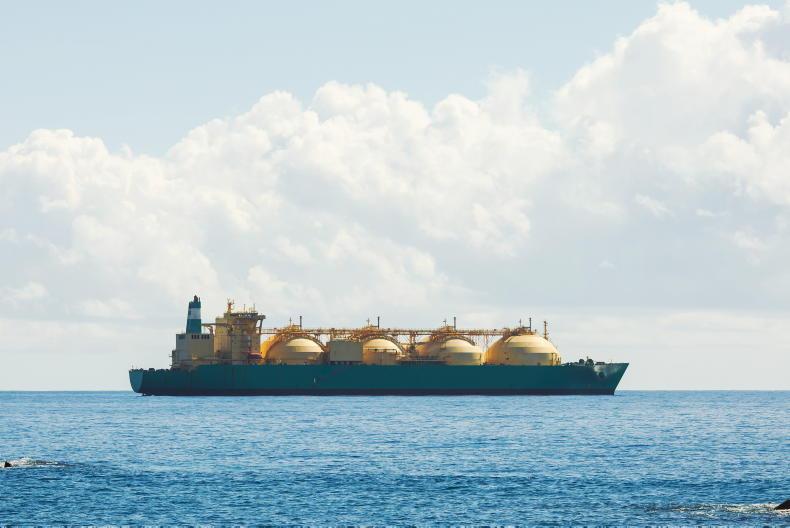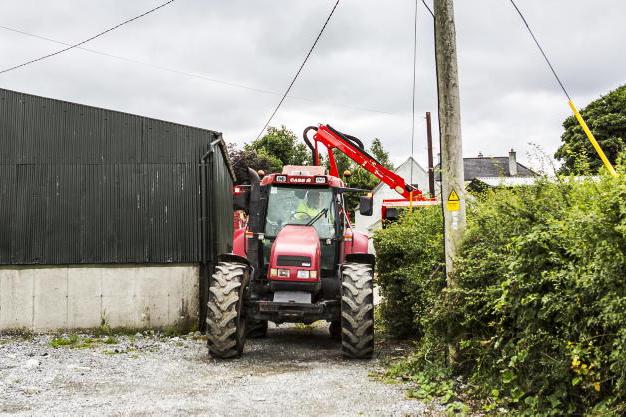Ireland has undertaken ambitious targets to lower the level of greenhouse gas emissions (GHGs) produced. It has committed to a long-term target of reducing GHGs by 80% by 2050, compared with 1990 levels. It has also committed to an EU-wide reduction of 40% by 2030 which has been agreed by member states.
Energy-related emissions are a substantial contributor to GHGs and achieving these targets will require significant changes in the way we consume energy. ESB Networks is dedicating significant resources to this area.
A growing focus on the transition to a low-carbon energy environment is driving greater interest and development in renewable energy while also shining a spotlight on energy efficiency and the electrification of heat and transport.
Launched in 2018, the Dingle Project is a first-of-its-kind initiative that aims to develop a roadmap to lead Ireland into a future of smart electricity.
John Fitzgerald, manager of the innovative three-year project, says a range of new technologies will be deployed on the Dingle peninsula to showcase where improvements can be made. The long-term target is to roll out the things learned from the Dingle Project across the country and ultimately decarbonise the electrical network.
The location
The catchment area of the project covers about two-thirds of the peninsula focusing on a 525 sq km area spanning west of a notional line from Camp to Inch. Within this area, there are 7,500 customers comprising a mixture of residential houses and small and large businesses including farms.
John says three main criteria contributed to the Dingle Peninsula being chosen as the location.
Firstly, there was already a desire with a core group of local people to transition the peninsula to a low-carbon future. This group had formed a project called Transition Dingle 2030. That project was to explore renewable energy initiatives and ways to reduce energy consumption. The ESB Networks Dingle Project therefore has the ability to deliver mutual benefits by partnering up with Transition Dingle 2030.
Secondly, the Dingle Peninsula gets some of the harshest weather on the island of Ireland and John says this will allow any new technological future solution to be well and truly tested in a challenging environment.
Lastly, the power line that services the peninsula is a 38KV line (38,000 volts). John explains that a forecast change by consumers to electric cars and the replacement of fossil fuel-based heating systems with air source heat pumps will substantially increase the energy load and put pressure on the line.
The opportunities to build a second line are slim and therefore this project will test smart ways to accommodate an increased load while also allowing for increased reliability of the network. This is the approach that will be required in accommodating an increased energy load across much of rural Ireland.
“Ultimately, we want to get to a point where the network is utilising greater supplies of renewable energy and distributed energy sources and in turn is providing energy to an evolving consumer base of homes, farms and businesses at affordable prices. It will require complex integration with the existing grid but when this is complete it will provide us with a platform that can be scaled upwards to reach our target of transitioning to a low carbon energy system,” John said.
New technologies
John explains the new technologies being trialled are ones that are attainable to the average consumer or business.
“This project is not about looking at major developments such as windfarms, it is utilising technologies such as solar PVs, air-source heat pumps, battery management systems, smart EV chargers and home devices that deliver significant efficiency gains in their own right and when combined across our customer base can deliver immense benefits.”
The project is up and running for about 20 months at this stage. The initial eight to 10 months included a period of engagement and consultation with communities on the peninsula and establishing the best pathway on which to progress.
The last eight to 10 months has witnessed work commencing, with five ambassadors selected who will trial new technologies and provide an insight to the wider communities on how they are performing and the benefits that are attainable. Work is also under way looking at how best to electrify the transport network on the peninsula, by way of an EV trial which will commence in April 2020.
At the same time, there has been a major assessment of the electrical network identifying areas where improvements or upgrades may be required to allow for the rollout of heat pumps and electric vehicles, and ensuring increased reliability of the network.
“The reliability of the electrical network is so important as it allows our customers to trust that their home will be warm and that their car will be charged in the morning for work.”
New technology being trialled on the “wires” on the Dingle Peninsula will help greatly with this.
Farm ambassador
One of the five ambassadors selected, Dinny Galvin, is a local dairy farmer. John says the project offers positive opportunities for farmers to make efficiency gains that will deliver in reducing costs and lowering carbon emissions from the business.
“If we take, for example, that many farms have sheds with a large surface area, we see there are major opportunities to install solar PVs and harness energy. This can be used to reduce running costs for the farm but there is also a concept called ‘peer-to-peer trading’ that the project is exploring. It allows customers who are producing more renewable energy than they require to trade it with neighbouring houses or businesses and is an initiative we feel could deliver big benefits.”
In Dinny’s case, John says the farm has already made impressive gains by installing a heat exchange system that utilises heat recovered from dairy farming to help heat the house while the installation of solar PVs will also increase the volume of clean energy the farm produces. The installation of a battery system next spring will deliver further benefits, allowing power to be stored when produced and utilised for tasks such as evening milking or shed and yard lighting.
This is an initiative that could easily be rolled out to more farms and John says it will also have added benefits in being able to reduce the carbon load on energy lines when at peak production.
John is looking forward to 2020, when he says there will be greater tangible benefits to report from the project and an opportunity to engage with more customers.










SHARING OPTIONS